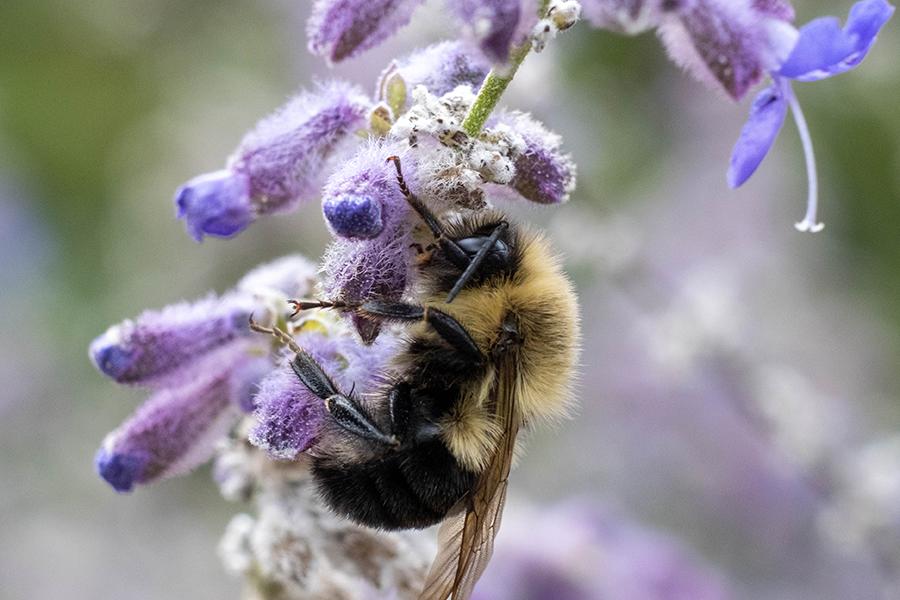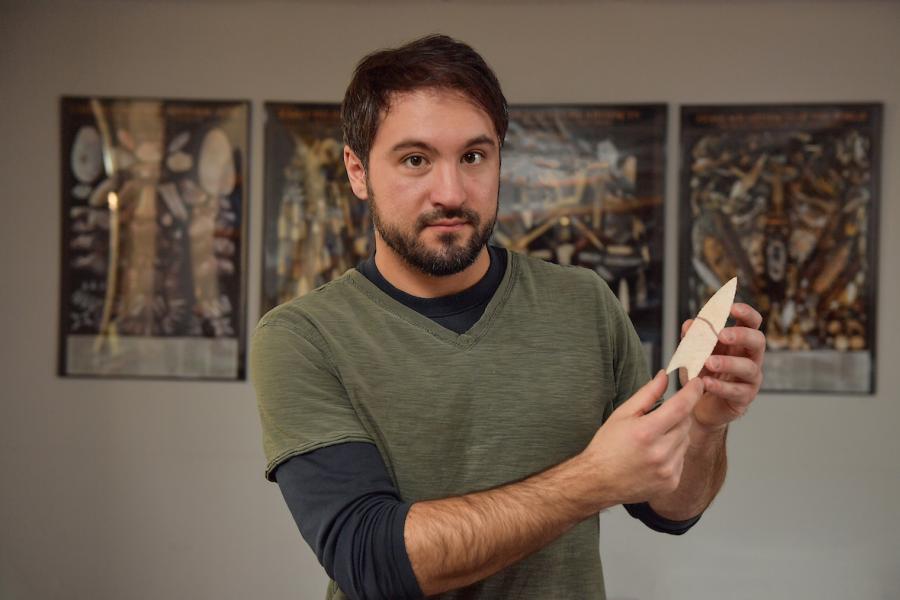Environmental Science and Design Research Institute

Kent State Biological Sciences Professor Helps Lead International Research Coordination Network to Study Insect Decline
Over half of the described species in the world are insects. Although many people think of insects as pests, they play vital roles and have a big impact on our invaluable ecosystems, as pollinators, helping break down wastes, and as an essential food source for many other organisms.

Have You Seen Kent State's Banana Trees?
Last Friday, students got a guided tour of the Herrick Conservatory, home to diverse and exotic greenery on the Kent Campus.

Students Conduct Landscape Ecology Research to Discover Effects of Sea Level Rise
Saying "yes" to everything landed Kathryn Burns in the middle of New Jersey's coastal wetlands

Kent State Geography Professors to Assess Relative Extreme Temperature Events and Develop Monitoring Tools With NOAA
Principal Investigator Cameron C. Lee, Ph.D., assistant professor in the Department of Geography (within the College of Arts and Sciences) at Kent State University, was recently awarded a three-year, $387,000 grant from the National Oceanic and Atmospheric Administration (NOAA) Climate Program Office and its Modeling, Analysis, Predictions and Projections Program (MAPP). The project is titled “Excess Heat and Excess Cold Factors: Establishing a unified duration-intensity metric for monitoring hazardous temperature conditions in North America”.

Kent State President Todd Diacon Announces Annual Faculty, Staff Award Recipients
They have gone above and beyond to keep Kent State University moving forward during the pandemic, and now they are being honored for their dedication and hard work. Kent State President Todd Diacon recently notified nine faculty members and 14 staff members that they have received special awards for their work and service.

A Global Challenge
Climate change is a complex problem with no easy answers—and everything at stake.

Kent State Expands Solar Installations

Taking Action to Protect the Planet
Environmental student activist Justin Thompson is working to make the world a better place for future generations.

Students Across Disciplines Innovate in the 2022 Biodesign Challenge
Two significant environmental issues our nation faces today include invasive plant species and a lack of sustainable materials. Invasive plant species are detrimental to host environments for multiple reasons. Kent State students are working to turn invasive plant species into a sustainable material that can help protect the environment through the 2022 Biodesign Challenge, a course and national competition to create sustainable solutions to real world problems.

Campus Grind2Energy Systems Are a Key Component in Kent State’s Sustainability Future
The central component of the Grind2Energy systems at Kent State University are larger versions of the in-sink garbage disposals found in many homes. The difference is that at Kent State, these units aren’t disposing of food waste, but processing it with a purpose - as the first part of a highly sustainable innovation that creates energy and high-grade fertilizer.